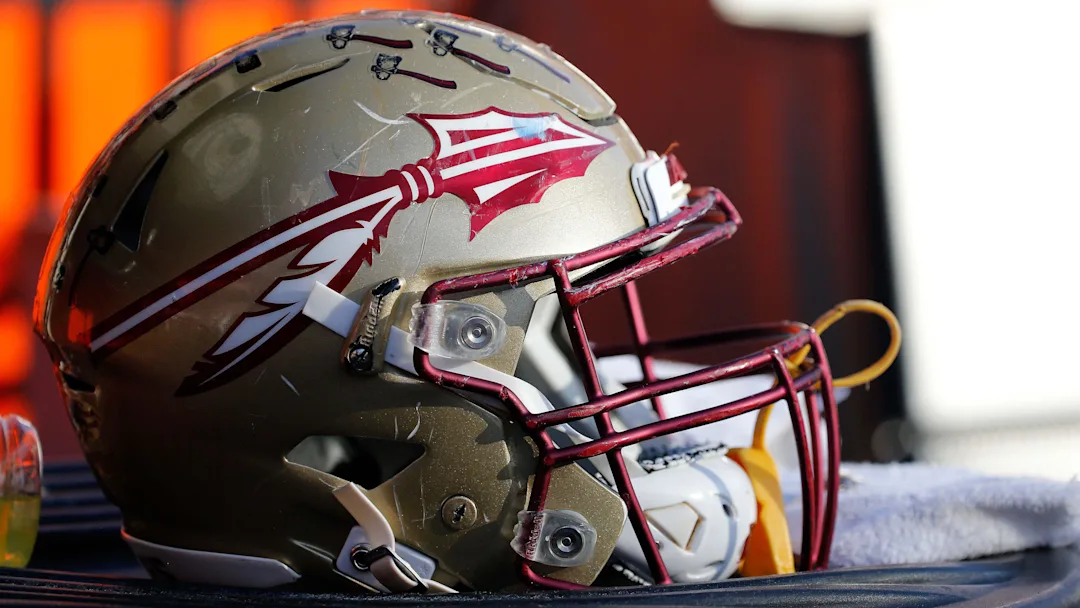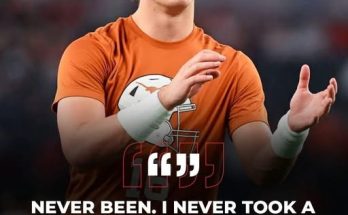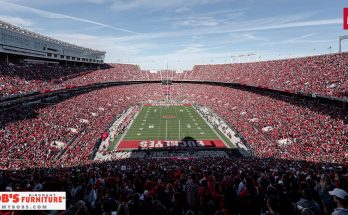In the ever-evolving landscape of college football, transfers have become a defining feature of roster building and strategy. The recent news of a former Florida State University (FSU) football defender choosing to transfer to their historic in-state rival, the University of Florida Gators, has sent ripples through the college football community, especially in the Sunshine State. This move is more than just a simple roster change — it symbolizes the complex dynamics of modern college athletics, loyalty, rivalry, and opportunity.
The player in question, whose identity had been closely followed by fans and analysts alike, played a key role in FSU’s defensive schemes during his tenure. Known for his tenacity, speed, and football IQ, this defender carved out a reputation as one of the more promising talents on the Seminoles’ defense. His decision to move to the Gators, therefore, invites a deeper look into the factors behind such a dramatic shift and what it means for both programs moving forward.
Transfers between rival schools, particularly in college football, have always been a sensitive topic. The rivalry between Florida State and Florida is steeped in decades of history, marked by intense competition and memorable moments on and off the field. For many fans, a player crossing that line can feel like a betrayal. Yet, in the modern era of the NCAA transfer portal and increased player mobility, these moves have become increasingly common. What was once almost taboo is now part of the game’s new normal.
The defender’s journey began at FSU, where he enrolled with high expectations. Coming out of high school, he was viewed as a strong defensive prospect, attracting attention from scouts and coaches for his physicality and ability to read the offense. In his initial seasons, he showed flashes of brilliance, making crucial tackles and breaking up key plays. Despite his talents, the competitive depth chart at Florida State meant he faced stiff competition for consistent starting roles.
During his time with the Seminoles, he contributed to a defense that was striving to regain its former dominance. FSU has a rich football tradition, with national championships and a legacy of producing NFL-caliber defensive talent. The pressure to perform and live up to that standard is immense. For this defender, playing time was valuable, but the team’s shifting defensive schemes and coaching changes sometimes created uncertainty about his long-term role.
With the advent of the transfer portal, players now have more freedom to explore new opportunities when they feel their current situation may not offer the best path to success. For this defender, the decision to leave FSU was not taken lightly. He spent months evaluating his options, considering where he could maximize his development, contribute meaningfully, and position himself for a future beyond college football.
Choosing the University of Florida Gators was a statement in itself. The Gators, under their current coaching staff, have been rebuilding and reasserting themselves as a powerhouse in the Southeastern Conference (SEC). Their defensive unit, known for aggressive schemes and athleticism, aligns well with the defender’s skill set. Florida offers a platform where he can step into a role that matches his strengths, surrounded by coaching expertise focused on maximizing defensive talent.
From the Gators’ perspective, acquiring a player from their rival program is a significant coup. It not only strengthens their roster but also delivers a psychological boost. The Gators’ defensive coaches expressed enthusiasm about the transfer, highlighting the defender’s versatility and experience in high-pressure games. His familiarity with Florida State’s offensive tendencies also provides an added edge in future rivalry matchups.
The implications for Florida State, however, are less rosy. Losing a promising defensive player to their archrival is a blow to depth and morale. Seminoles fans and coaches have voiced disappointment but also recognize the realities of the modern transfer era. The program is now tasked with filling the void, either through existing depth or further recruiting efforts.
This transfer sheds light on the broader trend reshaping college football—the empowerment of athletes to chart their own paths. Where once players were largely tied to a single program due to restrictive rules, they can now move freely to find the best fit for their athletic and personal growth. This democratization of player movement has changed recruiting, team-building strategies, and even the balance of power within conferences.
It also raises questions about loyalty and rivalry in a sport traditionally defined by passionate allegiance. For some fans, a player’s choice to join a rival team challenges the notions of loyalty and identity that define college football fandom. Yet, for the player, the decision often centers on pragmatic considerations: playing time, coaching, scheme fit, development opportunities, and long-term aspirations.
The defender has spoken candidly about his transfer, expressing gratitude to Florida State for the opportunities and experiences that shaped his growth. He acknowledged the emotional difficulty of leaving a program with such a storied history but emphasized his desire to compete at the highest level and prepare for a potential professional career. His focus now is on contributing to the Gators’ success and making the most of the new chapter in his football journey.
As the transfer becomes official, the buzz around Florida football intensifies. Fans eagerly anticipate how the defender will integrate into the Gators’ defense, which positions he might fill, and how his skill set will enhance the team’s overall strategy. Coaches are optimistic about the added depth and leadership he brings, especially given his experience in ACC competition, which differs stylistically from the SEC’s fast-paced, physical approach.
Beyond the field, the transfer also symbolizes the evolving nature of the FSU-Florida rivalry. While the intensity of competition remains, the movement of players between the two programs shows a more fluid relationship shaped by the realities of modern college sports. It serves as a reminder that college football is a business and a career for these young athletes, and their decisions reflect a complex interplay of passion, opportunity, and ambition.
The transfer also opens a conversation about the support systems in place for players making such transitions. Moving from one major program to another involves not just a change in playbook but adapting to new teammates, coaching philosophies, academic environments, and social settings. Both Florida State and Florida have dedicated resources to help student-athletes navigate these challenges, ensuring that the transition supports both their athletic performance and personal well-being.
Looking ahead, the impact of this transfer will be measured in multiple ways. On the field, it could shift the balance in future matchups between the Seminoles and Gators, adding an intriguing subplot to what is already one of college football’s most heated rivalries. For the defender, the move represents a fresh opportunity to showcase his talents, earn a starting role, and perhaps catch the eyes of NFL scouts.
Off the field, this story exemplifies how college football continues to adapt to changing times. The transfer portal has empowered athletes to take control of their destinies, making moves that once would have been unthinkable. Coaches and programs must now be nimble and creative to retain talent and remain competitive, balancing tradition with innovation.
In the end, this transfer is a microcosm of the shifting dynamics within college football. It highlights the challenges and opportunities faced by players and programs alike. For fans, it adds a layer of drama and intrigue to a rivalry that never fails to captivate. And for the defender, it marks the beginning of an exciting new chapter — one filled with promise, challenge, and the relentless pursuit of excellence.
As spring practice approaches and the new season looms, all eyes will be on the former Seminole turned Gator, watching how he adapts, grows, and impacts one of college football’s most iconic programs. Whether he becomes a cornerstone of the Gators’ defense or simply a valuable rotational piece, his journey underscores the modern reality of college football — a sport where change is constant, and opportunity awaits those willing to seize it.


